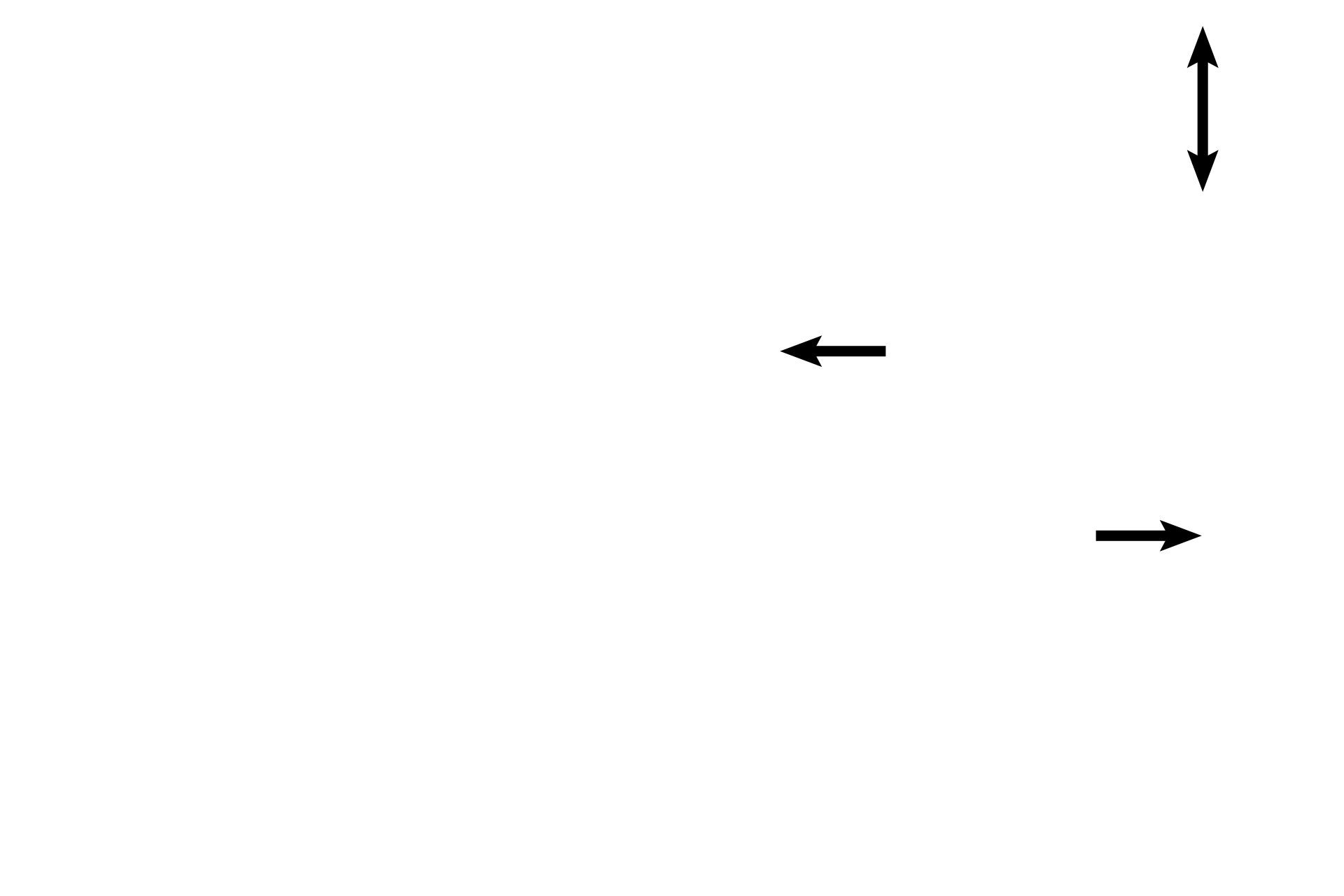
Uterus: cervix
The right portion of this slide is taken from the endocervical canal. On the left is a region of the ectocervix protruding into the vaginal lumen. 100x, 100x

Endocervical canal >
The tall simple columnar epithelium lining the endocervical canal secretes mucus. Infolds of this epithelium form plicae palmatae (“palm folds”) that, in the presence of high estrogen levels at ovulation, secrete abundant alkaline secretions. This mucus lubricates the vagina and nourishes spermatozoa. Some of this mucus is seen on the surface of the epithelium.

Simple columnar epithelium
The tall simple columnar epithelium lining the endocervical canal secretes mucus. Infolds of this epithelium form plicae palmatae (“palm folds”) that, in the presence of high estrogen levels at ovulation, secrete abundant alkaline secretions. This mucus lubricates the vagina and nourishes spermatozoa. Some of this mucus is seen on the surface of the epithelium.

Plicae palmatae
The tall simple columnar epithelium lining the endocervical canal secretes mucus. Infolds of this epithelium form plicae palmatae (“palm folds”) that, in the presence of high estrogen levels at ovulation, secrete abundant alkaline secretions. This mucus lubricates the vagina and nourishes spermatozoa. Some of this mucus is seen on the surface of the epithelium.

Mucous secretions
The tall simple columnar epithelium lining the endocervical canal secretes mucus. Infolds of this epithelium form plicae palmatae (“palm folds”) that, in the presence of high estrogen levels at ovulation, secrete abundant alkaline secretions. This mucus lubricates the vagina and nourishes spermatozoa. Some of this mucus is seen on the surface of the epithelium.

Vaginal lumen >
The ectocervix, like the vagina, is lined by a stratified squamous moist epithelium.

Stratified squamous moist epithelium
The ectocervix, like the vagina, is lined by a stratified squamous moist epithelium.
 PREVIOUS
PREVIOUS